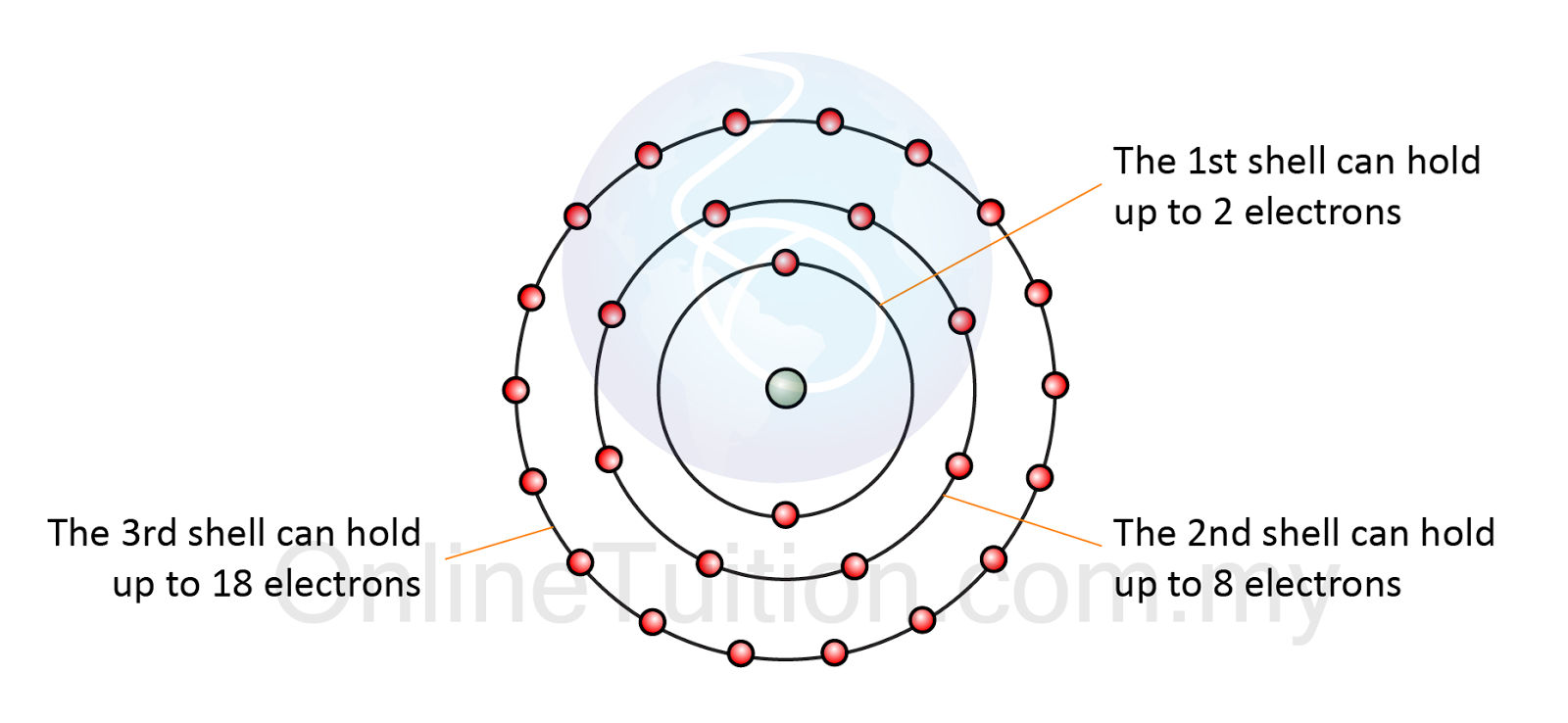Solved:questions 4-6 refer to the following field diagrams. which Bohr model silicon Electron arrangement in atom
Solved 1.)b. The diagram below represents an electron moving | Chegg.com
Valence electrons The 3d-electron energy level diagram for ga 1−x mn x s. these energies Quantum fluctuations were experimentally proven way back in 1947
Solved 1.)a. the diagram below represents an electron moving
Solved an electron energy diagram is drawn below. blackElectrons diagram Solved 1.)b. the diagram below represents an electron movingSolved use the diagram below to answer question #23..
Pin by michele nicholson-dawes on atomsSolved question 1 consider the electric field apparent that Below is a diagram illustrating electron shells around a chloride ionThe diagram below shows some subatomic particles.
In the diagram below, the arrows represent electric
Solved the circles in the diagrams below represent energyNeutron electron nucleus atomic examples molecule freezes sciencefacts expands 1. which of the following diagrams correctly shows the electronElectron hydrogen orbitals probability quantum atom electrons visualization fluctuations orbital atomic proven 1947 experimentally.
Solved 1) in which diagram below would the electronSolved each of the diagrams above represent an electric Solved the picture below shows an electron about to enter aThe electromagnetic spectrum.

Electromagnetic spectrum poster science posters
[diagram] hcl electron diagramSolved the circles in the diagrams below represent energy Electron potassium silicon sodium configuration bohr chlorine diagram structure atomic model electronic neon configurations magnesium element number table atom elementsElectron atom arrangement shell electrons third hold chemistry octet eighteen eight.
Electromagnetic radiation frequencies oscillators continuous emittedThe circles in the diagrams below represent energy levels in an atom Solved help sove electron configuration below is a diagramThe circles in the diagrams below represent energy levels in an atom.
Waves and electromagnetic spectrum worksheet key
Electron mn energiesSolved question 5 a) a) the diagram below illustrates an The diagram below depicts an electron located between…Finding out how to understand the particular electromagnetic spectrum.
E8r06910Neutron: definition, characteristics, & location with example The diagram below represents the electric field linesSolved electric field diagram the diagram shown below.


Electron Arrangement in Atom - SPM Chemistry

Valence Electrons | Chemistry classroom, Electrons, Science notes

The circles in the diagrams below represent energy levels in an atom

Solved Help Sove Electron configuration Below is a diagram | Chegg.com

Solved Use the diagram below to answer question #23. | Chegg.com

SOLVED:Questions 4-6 refer to the following field diagrams. Which

E8R06910 - Electromagnetic Spectrum Poster | Findel International

Solved 1.)b. The diagram below represents an electron moving | Chegg.com